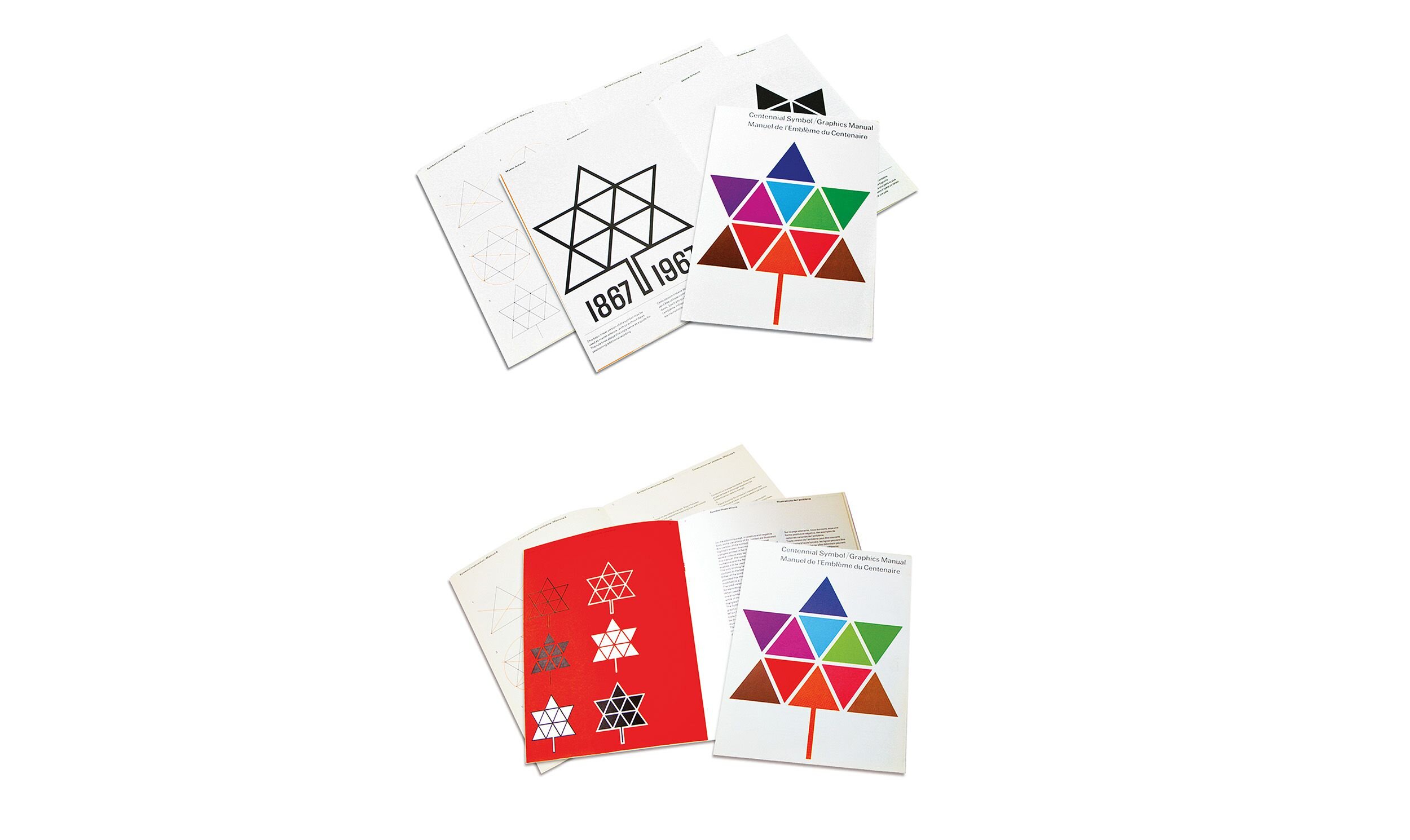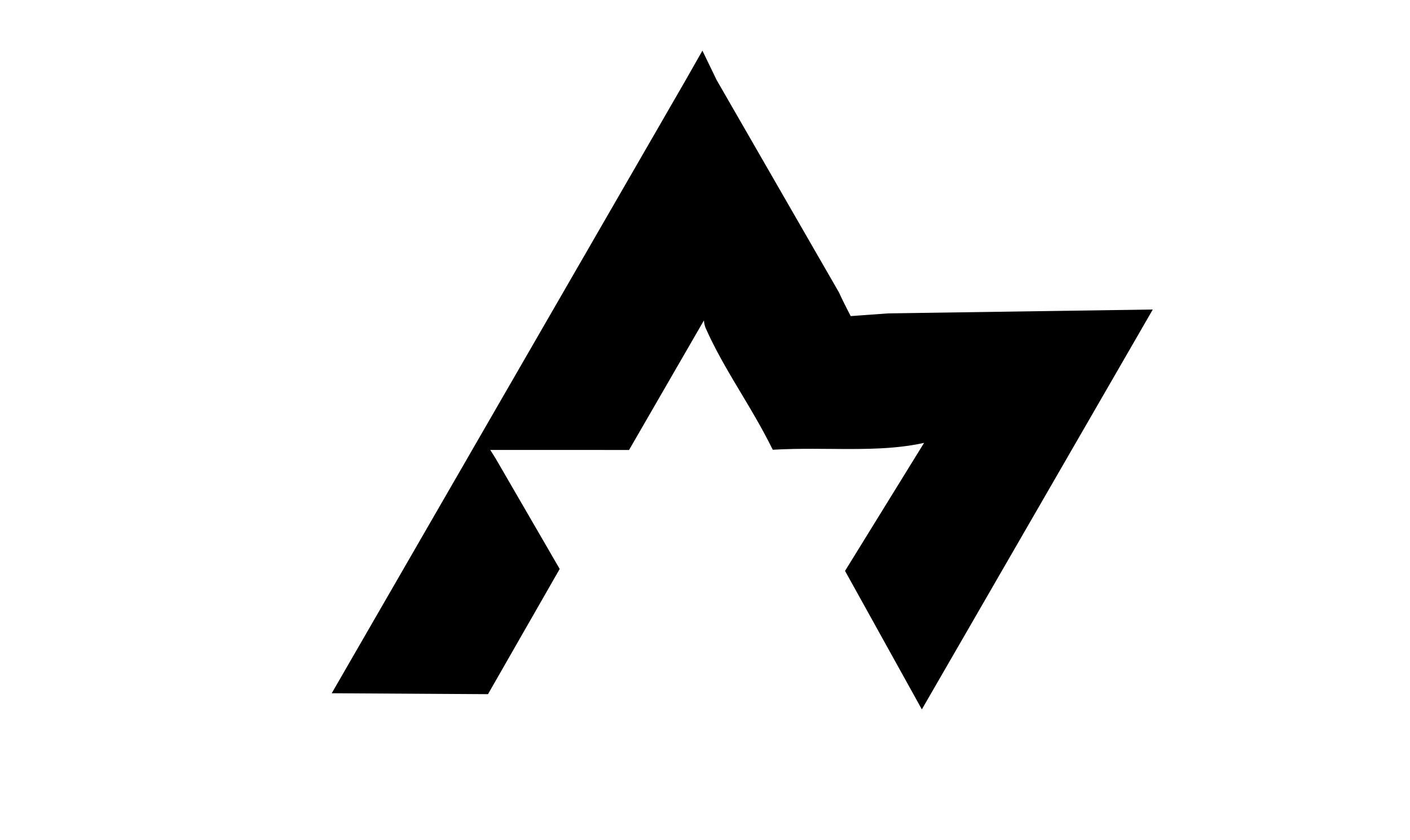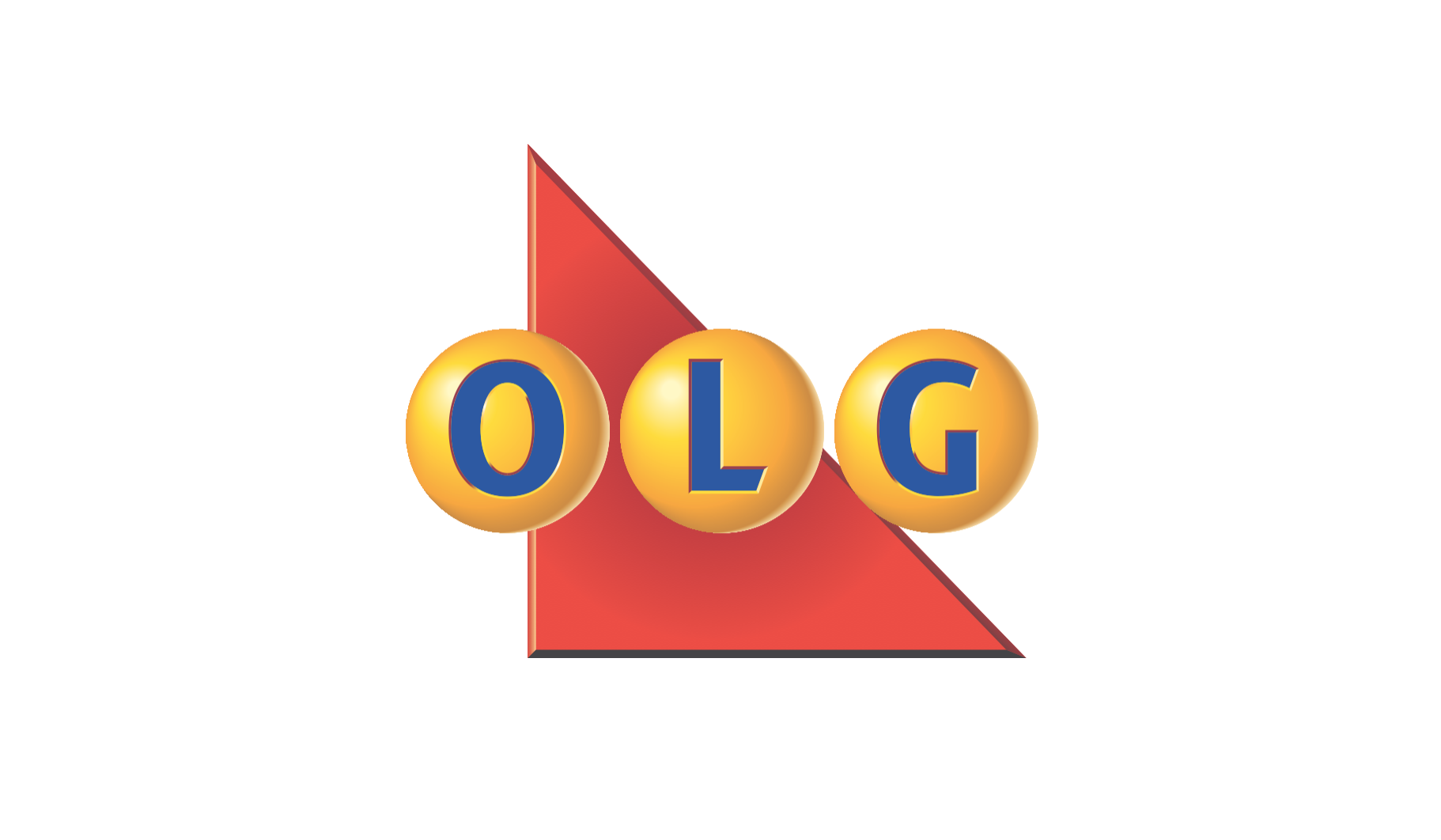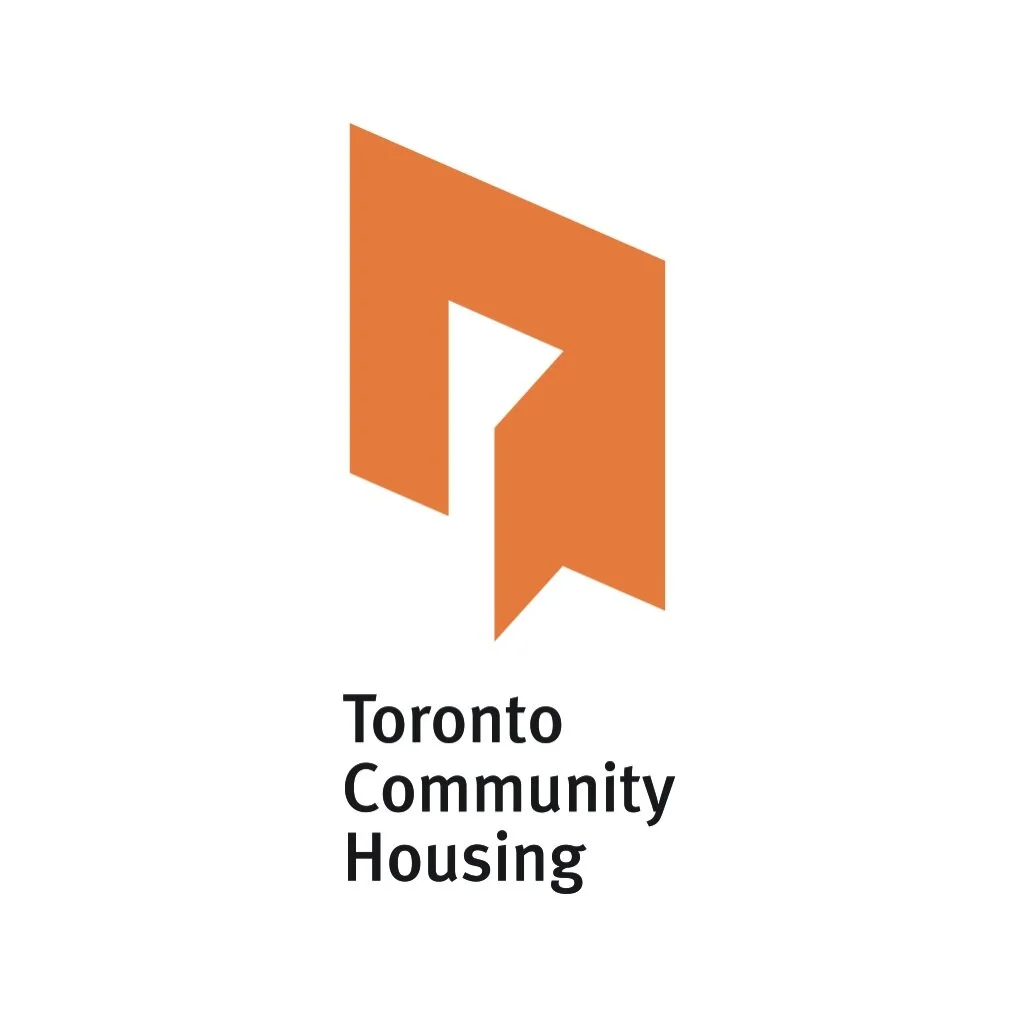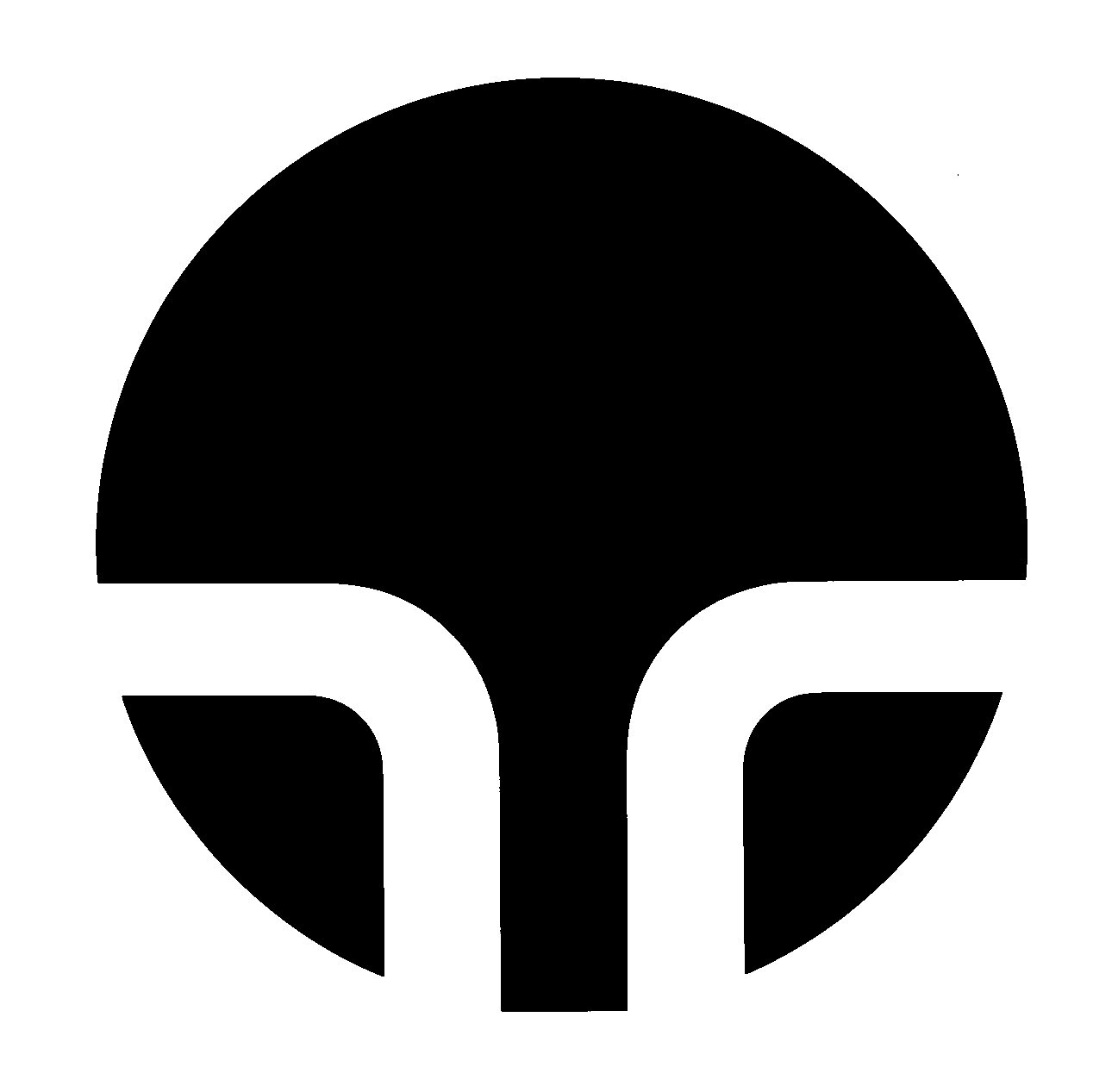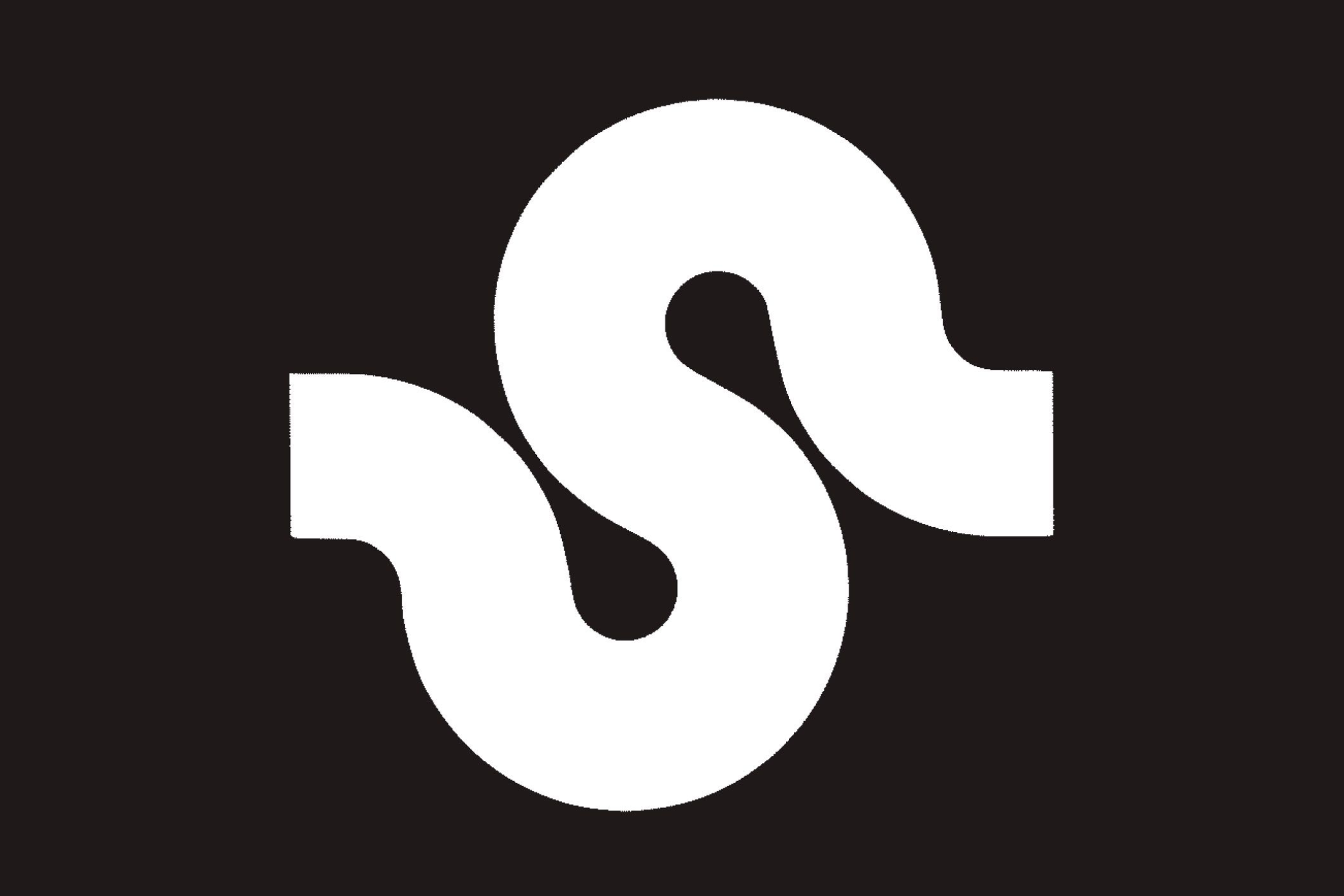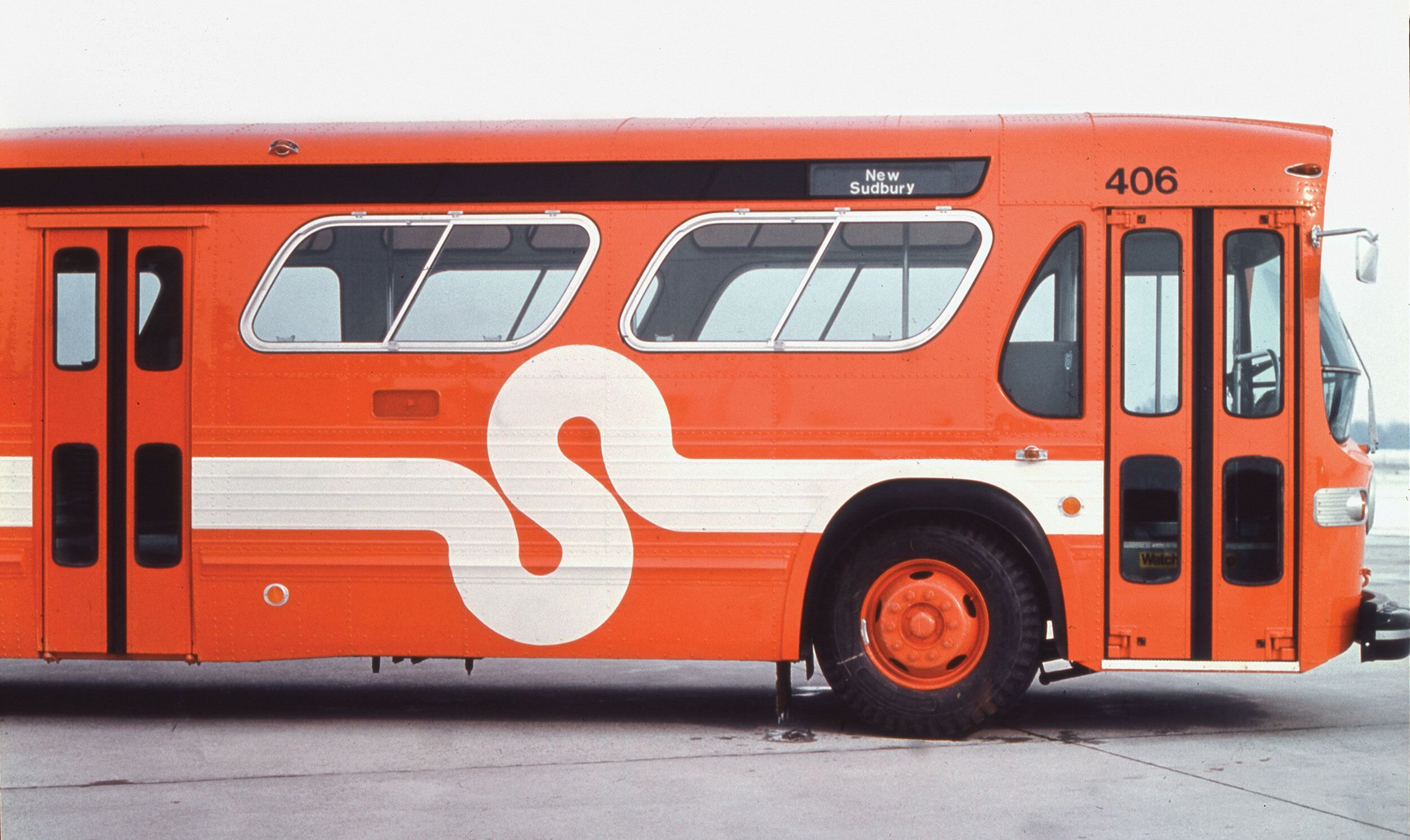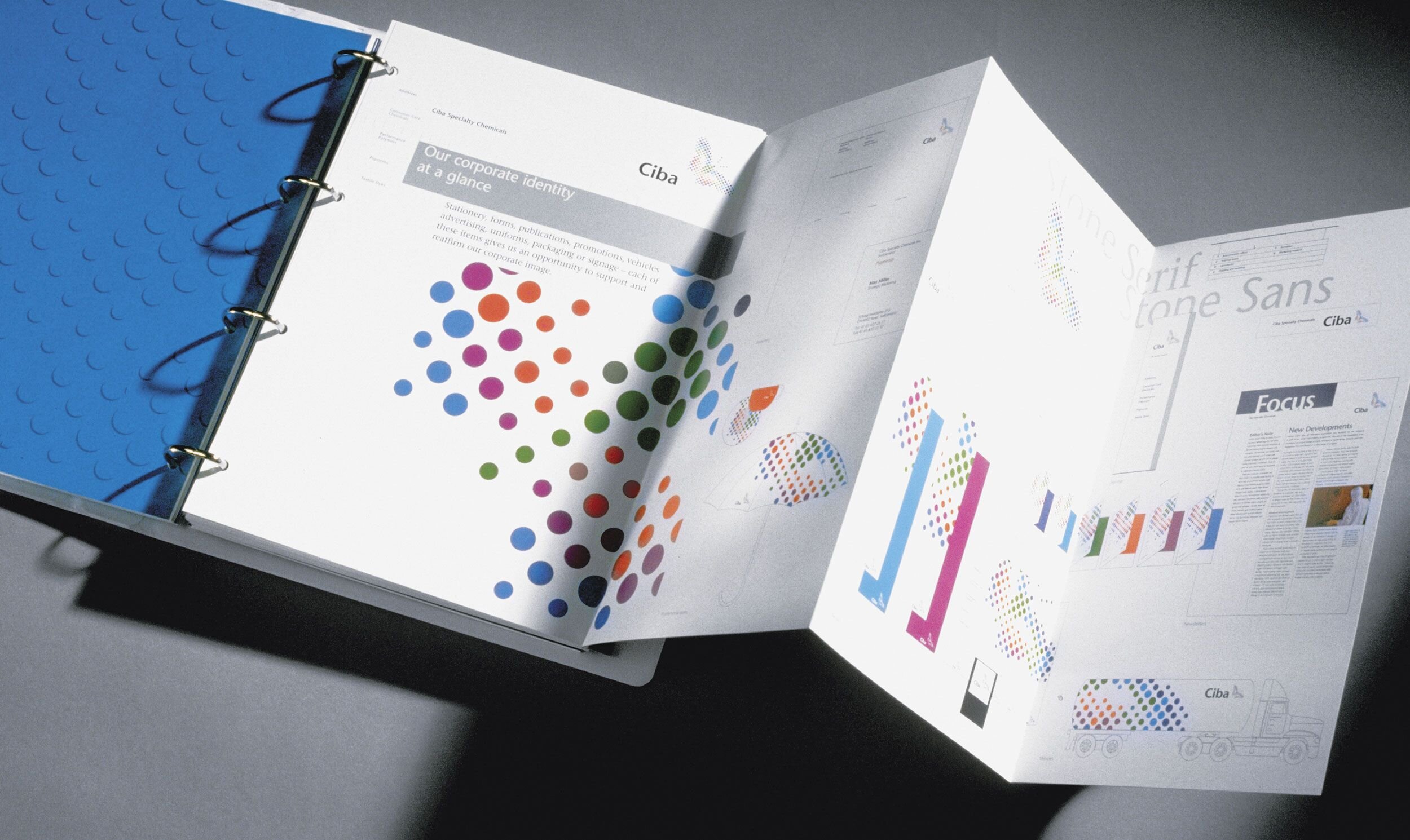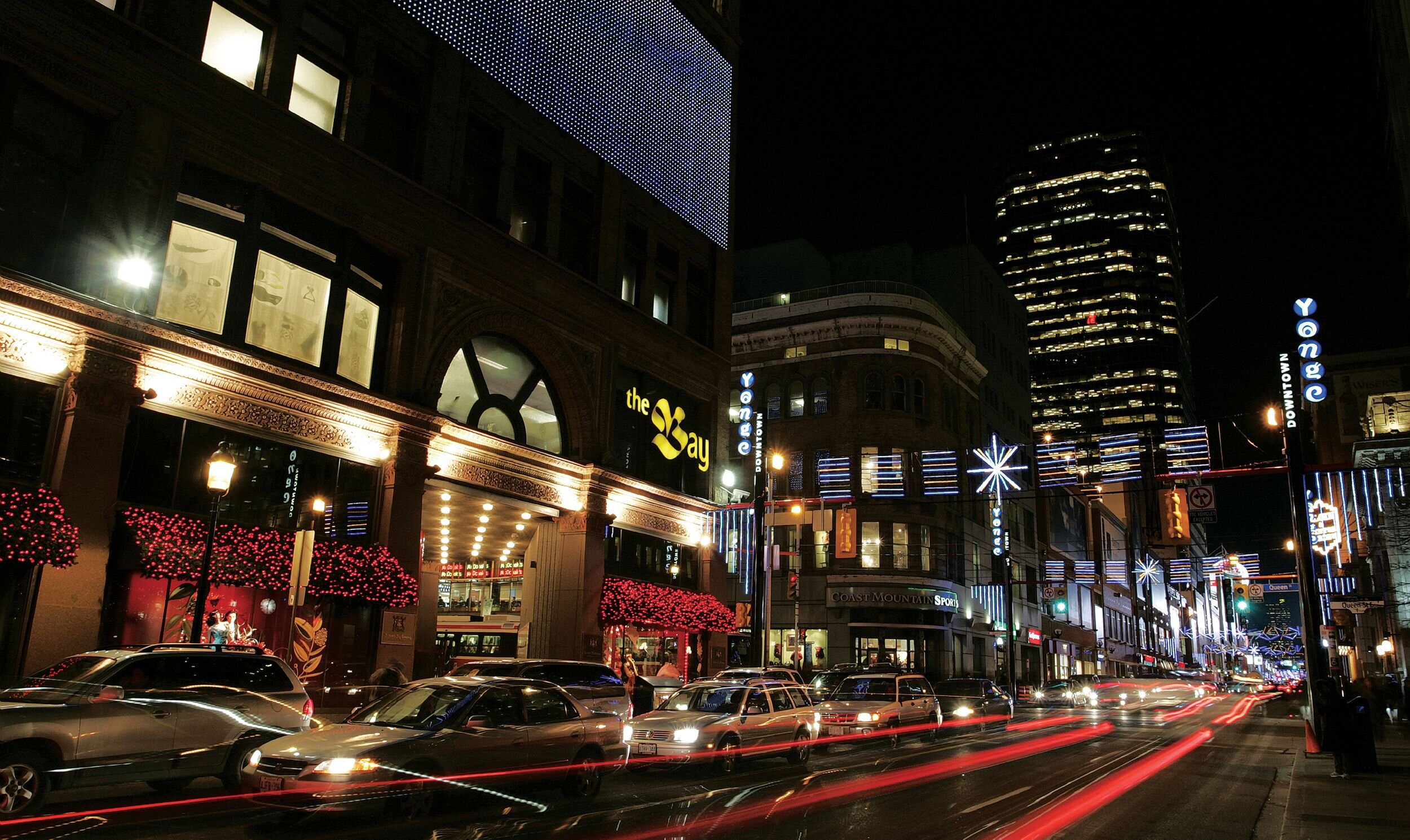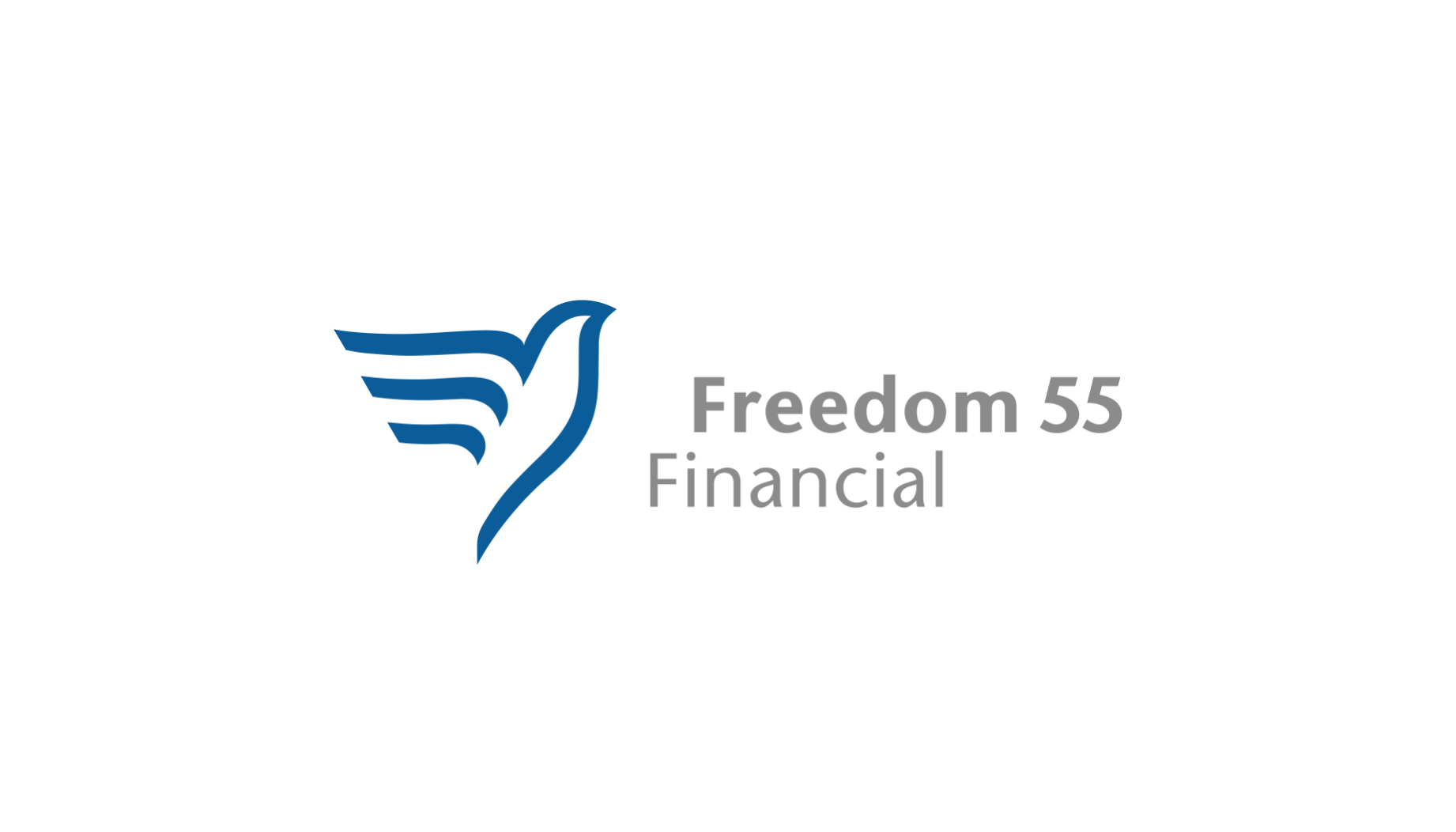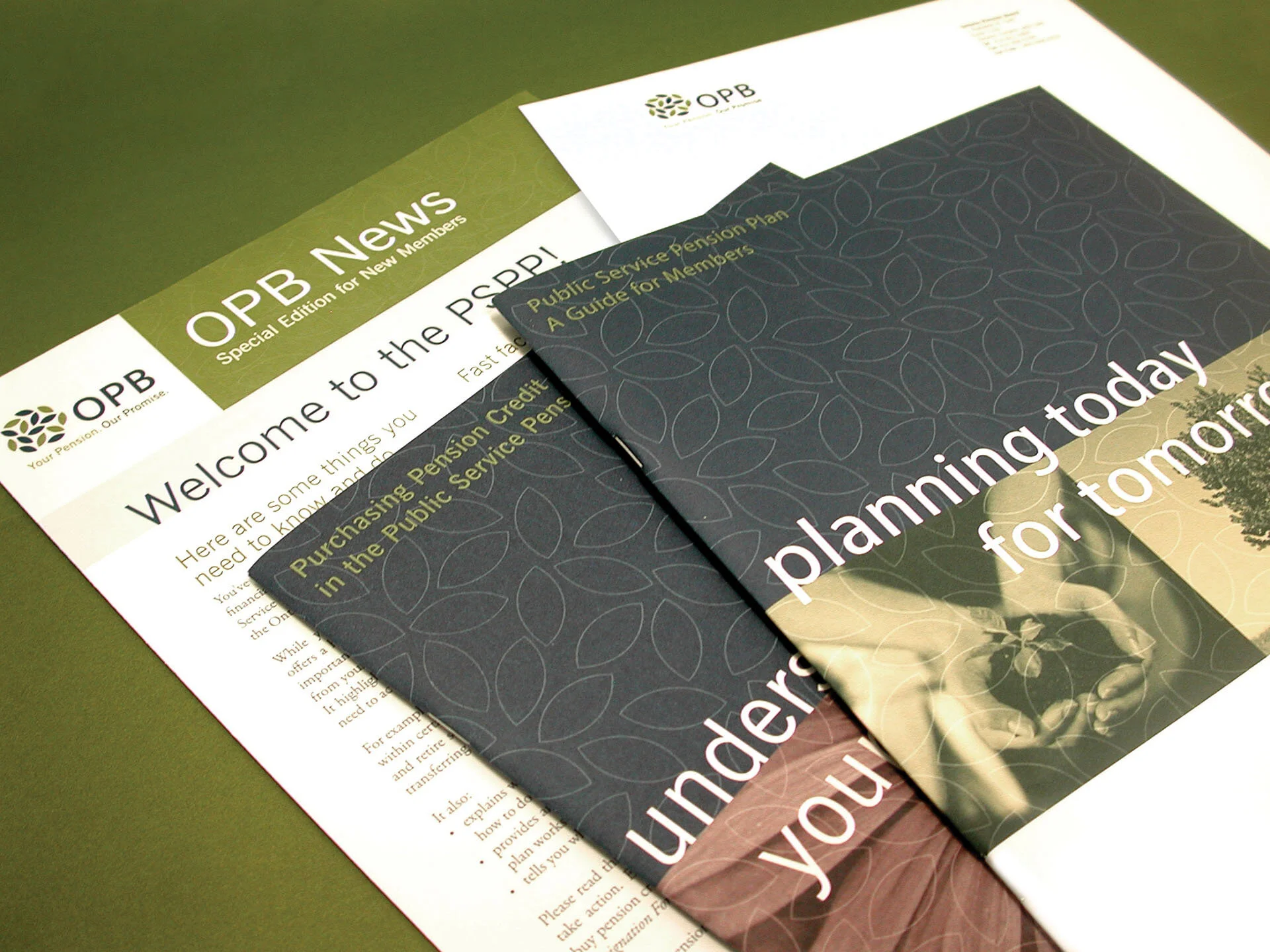After a failed design competition to create the Centennial logo, the federal government approached typesetting and design firm of Cooper & Beatty to create a logo. The design house wrote a brief, approved by the government, stating all the strategic requirements, including that the symbol would epitomize Canada and could include a maple leaf, eleven elements representing the country’s geography at the time ( ten provinces, plus Canada North ) and other elements.
The government chose Ash’s maple leaf constructed from eleven equilateral triangles — one of the first times the maple leaf had been officially chosen to represent the country. The manual illustrated, among other things, how any school classroom could geometrically construct the symbol using the rudimentary tools available to them. The logo was adopted across the country during Canada’s 100th anniversary, in applications ranging from being stencilled into sidewalks and planted in flowerbeds, to being cut into people’s hair.



